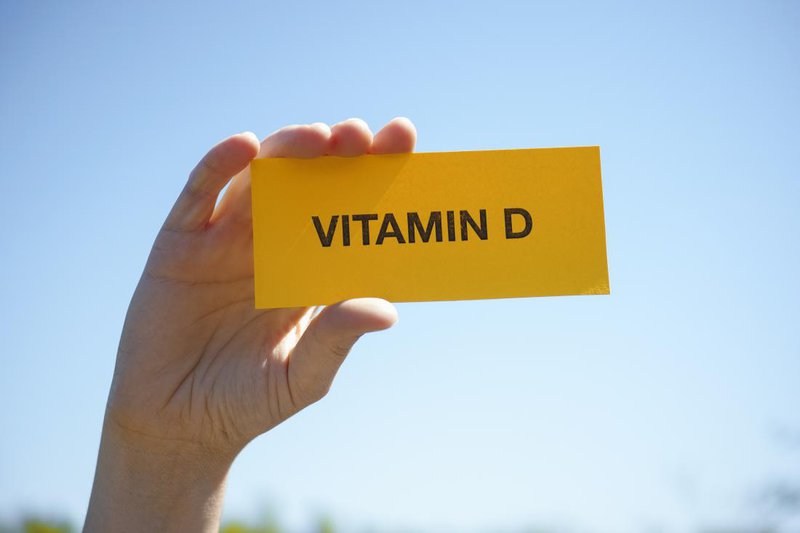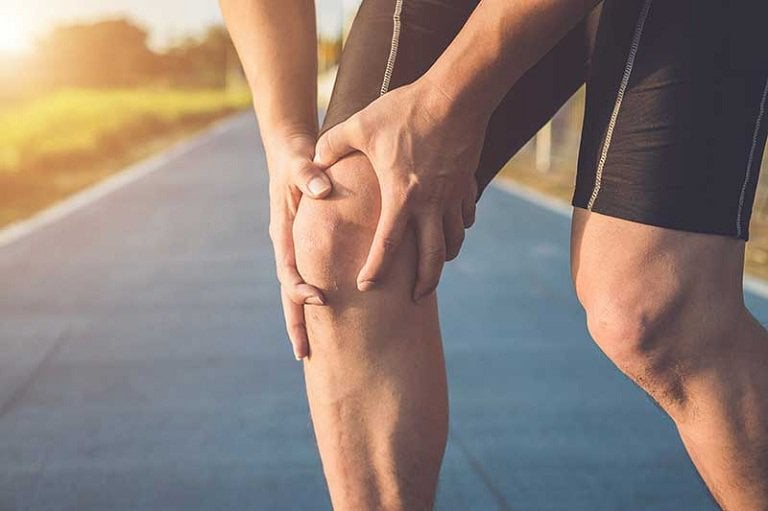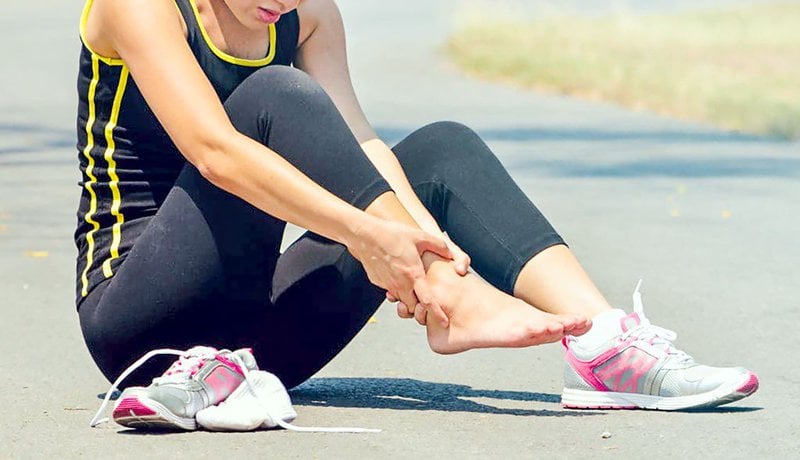Exercises for people with bow legs
This is an automatically translated article.
Bow legs are one of the structural defects of the legs that can affect the aesthetic factor of the body. Some "fixed" bow legs cannot change the bone position, the only solution is surgery. However, if the cause is hip strain, you can do exercises for people with bow legs to work the muscles that push the knee back into its original position, improve the rotation of the leg bones, thereby gradually adjusting it. correct the form of the legs.
1. Overview
Bowel leg (Genu varum) is a condition in which when a person stands normally, the knee is slightly bent outward. This condition can start in childhood or develop gradually over time.
Sign of bow legs:
Legs bent like a bow. Head, hips and bottom, ankles are in the normal position but knees are bent outward and wide apart. Bowed legs are often caused by the knee being pulled to the side and slight rotation of the leg bones. They can rotate to the side forcing the knee outward. The disadvantages of bow legs:
Risk of Achilles tendonitis, meniscus tear, arthritis of the middle. May cause knee pain in adults. Loss of balance, especially when turning from side to side. Affects hip and ankle mobility. Ankles turn out excessively when walking and running. Risk of joint problems with exercise. If you have bow legs, you can still exercise, but you should choose gentle, moderate exercises to avoid future knee problems.
When working out, to get the best results try to keep your legs and knees aligned, this is called Integrative Neuromuscular Training. If you persevere in taking care of your knees and doing the bow leg exercise correctly, you can gradually improve your lower extremity form and strengthen your hips and legs.
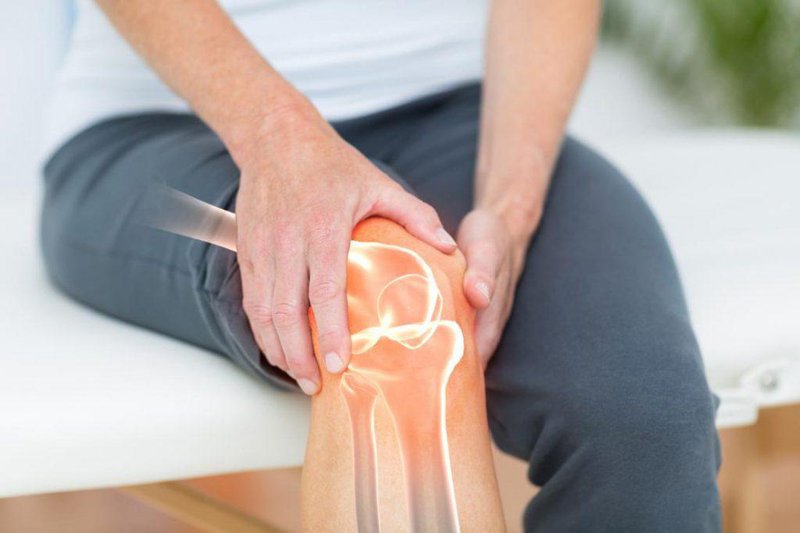
Đau đầu gối là tình trạng phổ biến ở người có chân vòng kiềng
2. Suggest 4 bow exercises
Here are some ways to exercise your legs full of bows that you can refer to:
2.1. Foam Roller Toe Touch
Clamping a Foam Roller between your legs when trying to bend and touch your toes activates the muscles that help your knees turn inward. This is a very effective bow exercise.
How to do it:
Place a massage roller or rolled towel between the knees. The feet are about 8-10 cm apart. Squeeze the roller between your legs. Keeping your knees straight and bending forward as low as you can, reach out to touch your toes. Turn around and raise your arms overhead. Repeat the movement 10 times.
2.2. Toes-In Squats
This is a squat that emphasizes the inner thighs more than the outer thighs, thereby strengthening the muscles that help pull the knee toward the center.
How to do it:
Stand with your feet 20cm apart. Turn your feet toward each other until your big toes touch. Then, squat down as low as possible and stretch your arms forward for balance. In this exercise, it is normal for you to have limited range of motion.
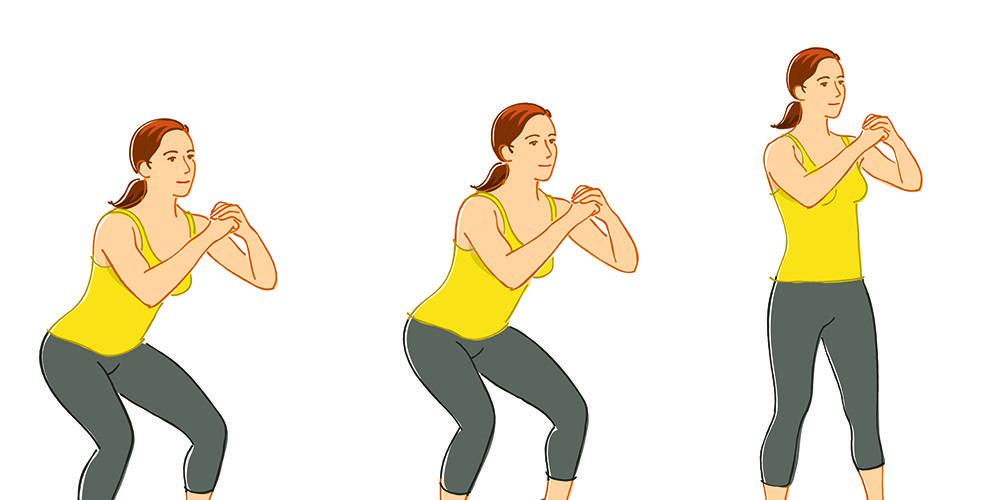
Động tác Toes-In Squat
2.3. Side-Lying Hip Internal Rotation
This move targets the muscles that help rotate your leg and point your knee forward. These are all muscle groups that are difficult to work with.
How to do it:
Lie on your side, legs overlapping and both knees bent 90 degrees. Your body should be in a straight line from head to knee with legs bent perpendicular to the back. Keeping your knees together, raise the side of your upper leg above the ceiling, and then slowly lower it back down. Repeat 10 times for each leg. You can add a small resistance band to add more tension to the movement.
2.4. Figure Four Stretch
This glute stretch will help relax your hip muscles and point your knees inwards a bit.
How to do it:
Lie on your back, knees bent and feet flat on the floor. Lift right leg up, place right foot over left knee. Reach your right hand through the gap between the left and right knees to grasp the front of the left shin. Bring the other hand to grasp the front of the left shin, hands clasped together. Lean back and pull your left knee toward your chest, stretching your right glutes. Hold the pose for 30 seconds and then switch sides.
2.5. Exercises to improve balance
Research shows that people with bow legs often have mild balance impairment. Therefore, it is advisable to incorporate balance exercises into your daily exercise routine. Here are some suggestions:
Single leg standing. Stand with feet in front of back (Tandem Standing). Exercise with the BOSU balance machine.
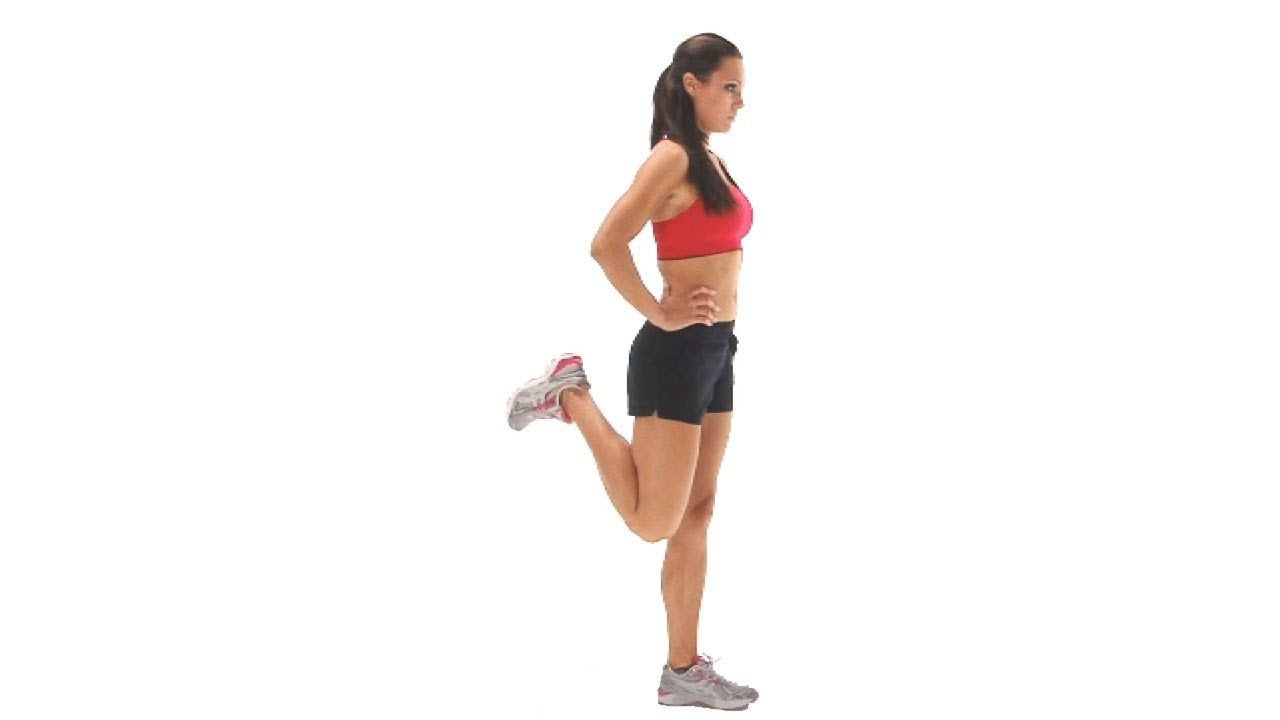
Bài tập Single leg standing
3. Other notes when practicing
Low-intensity or no-impact exercises will better protect the knee, because trying to bend your leg back into alignment can cause some knee problems or pain while exercising, even increasing the risk. musculoskeletal disease.
If you have leg pain, you can opt for non-impact bowling exercises to do. Or you can try cycling or swimming as an alternative form of exercise. Balance and flexibility exercises like yoga, tai chi, and Pilates can also work your legs.
Recommended exercises: Swimming, Cycling, Rowing, Yoga, Pilates, Tai Chi. Exercises not recommended: Running, Soccer, Aerobics, Basketball, Tennis, Volleyball. If you have bow legs, you can maintain a healthy lifestyle and do gentle exercises to correct your foot structure gradually. For the most effective bow training, focus on stretching the lower extremities, strengthening the hip and leg muscles, and improving balance. If your arch is difficult to change with exercise, you may want to consider surgery. Finally, if knee pain is affecting your workout, switch to gentler or no-impact bows. You may need to consult a doctor to choose the right exercises for your feet.
Please dial HOTLINE for more information or register for an appointment HERE. Download MyVinmec app to make appointments faster and to manage your bookings easily.
References: Livestrong, verywellhealth.com
This article is written for readers from Sài Gòn, Hà Nội, Hồ Chí Minh, Phú Quốc, Nha Trang, Hạ Long, Hải Phòng, Đà Nẵng.


